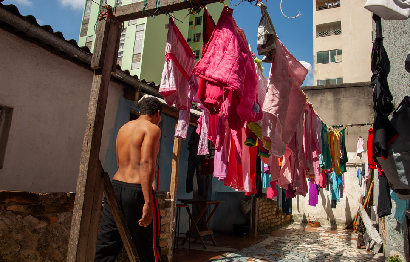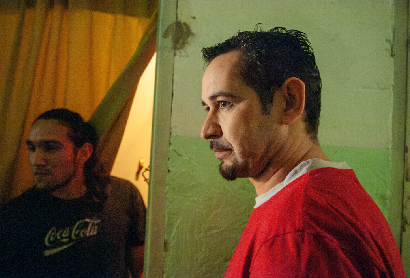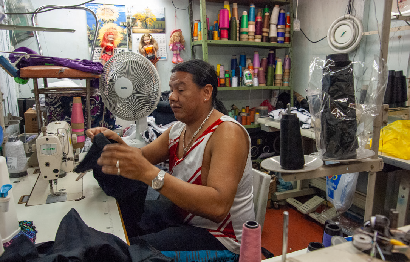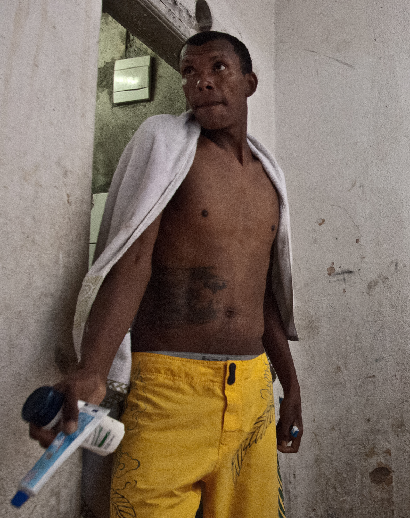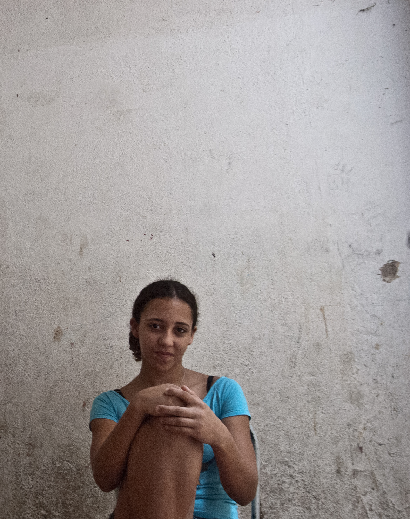Lives in transition
Publish date 17-12-2023
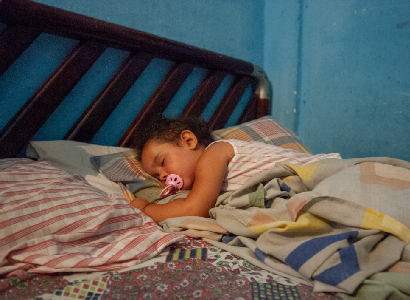 «…It was five in the morning and the “cortiço” was waking up
«…It was five in the morning and the “cortiço” was waking up
opening, not the eyes, but its infinity
of aligned doors and windows.
A cheerful and satiated awakening of those who slept
at once seven hours of lead.
They still felt themselves, as if in the indolence of a
mist, the extreme notes of the last guitar
of the previous evening, dissolve in the blonde light and
tender of the dawn, like not even a breath
of nostalgia lost in another's land".
Aluísio de Azevedo
The housing problems typical of Brazil are generally traced back by the collective imagination to the favelas. In the second half of the nineteenth century, while Europe was facing serious demographic problems, Sao Paulo transformed in a few decades from a secondary colonial outpost into a prototype of a global city.
This allowed the Paulista coffee elite to systematically replace slaves with a cheap, equally exploited European labor force sent en masse to São Paulo from Italy, Spain and Portugal thanks to state-sponsored migration programs. Nearly three-quarters of a million immigrants entered the city between 1886 and 1900, and soon the majority of its population was made up of immigrants or their descendants.
Once the immigrant reached his destination, the seductive propaganda of the so-called "New World" was promptly disillusioned by the terrible working and housing conditions. However, this allowed the Brazilian hinterland and the neighboring region of São Paulo to become the world's leading coffee producer by the end of the century. O cortiço (in English: the slum) means “hive”, and meticulously conveys the idea of the intricate microcosm of an overcrowded slum of Nineteenth century. They host people, but these homes of a few square meters are not such that they can be considered real residences. The cortiços are narrow, unhealthy, often repugnant places, the result of financial speculation that applies the rental formula per square meter, in dilapidated and shared rooms, with only one shared bathroom, where there is often no light and the gas. In a century and a half the cortiços have practically killed the living forces of work, defeated by the fatigue of living in promiscuity, unfortunately forced by poverty to have to accept this only solution that guarantees them an alternative to the street. However, people should be prevented from consenting to these conditions, which are so similar to blackmail, even if only for obvious health and hygiene reasons. It is a bargain for investors to capitalize on these hovels which house a significant part of the low-income population, without requiring expensive infrastructure investments, welcoming workers and servants exactly where they were and are most needed. From an industrial point of view, it did not (and does not) make sense to place workers' housing in the most critical areas on the outskirts of the city, because workers could not afford accommodation far from the workplace with their meager salary and working day of 14 hours. A timetable that did not allow for travel time between the outward and return journeys, given that the workplace was almost always in the city centre.
Luca Periotto
NP November 2023

